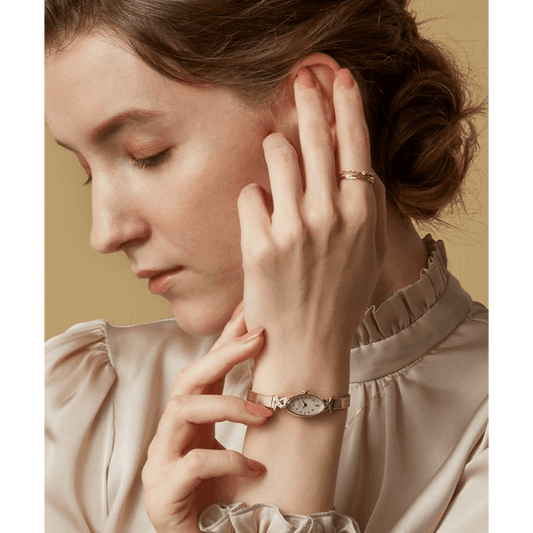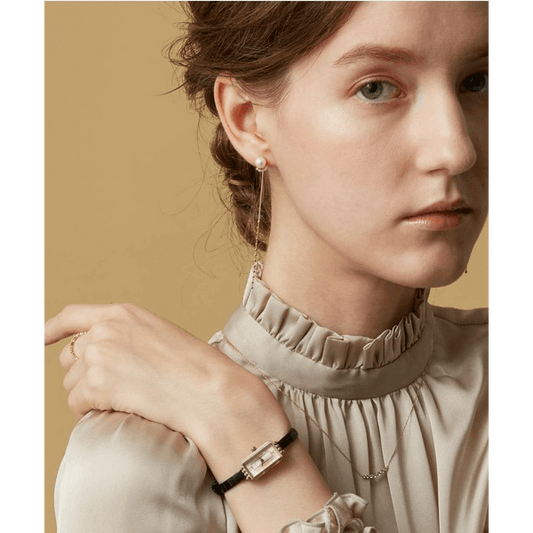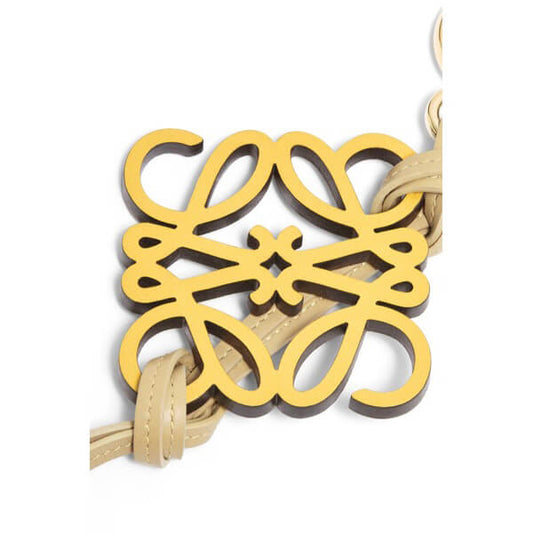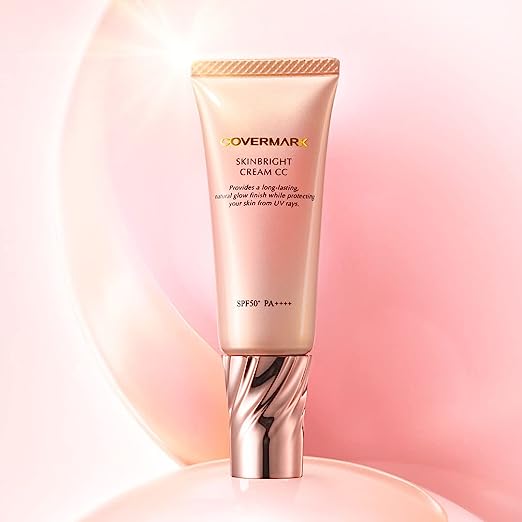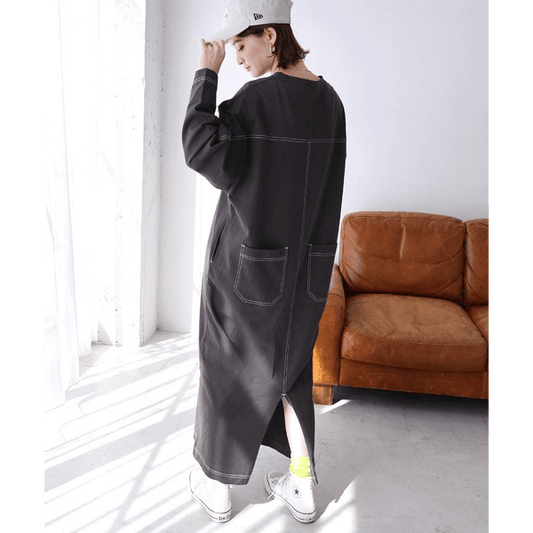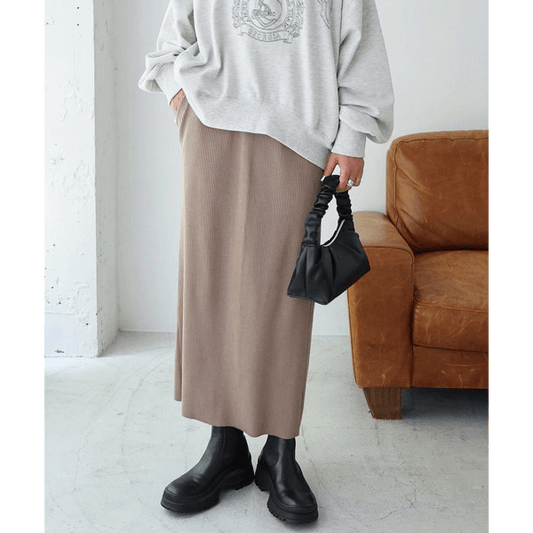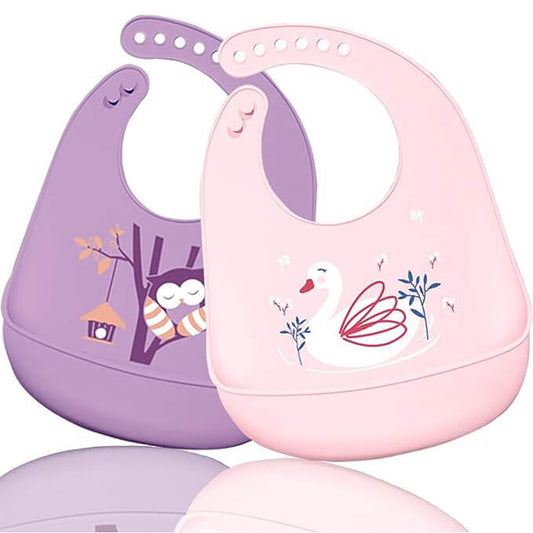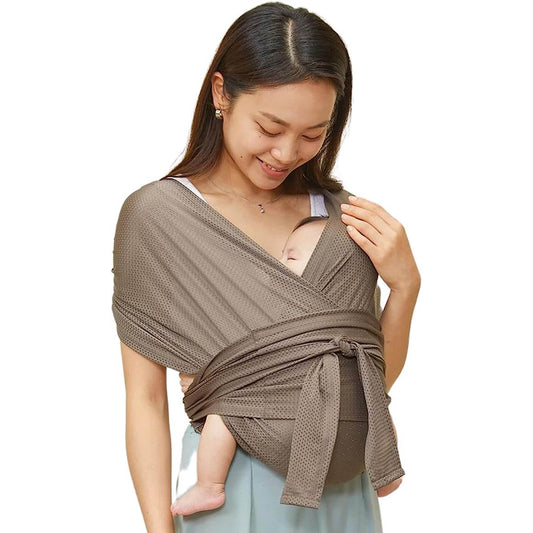
東京位在日本關東地區,由23個特別區、26個市、5個町、8個村構成,截至2020年底,總人口數約莫1400萬,但以東京為核心,及其周邊衛星都市群相連而成的「首都圈」(東京都會區),居住在東京的總人口其實超過4千3百萬,佔日本三分之一的人口。
而前面提到了首都圈就不得不特別補充說明,許多人都以為東京為日本的首都,但其實「日本並沒有真正的首都」,如果真的要定義的話,日本的首都是依據天皇居住地而定;目前天皇定居於東京,因此以現今的情況來說,真的要說東京為日本的首都其實沒有錯,但也並未是一個正確的答案。
Tokyo, composed of 23 special wards, 26 cities, 5 towns, and 8 villages, is located in Japan's Kanto region. As of mid-2024, it boasts a population of 14.17 million, making it Japan's most populous administrative region. Its metropolitan area, or the "Greater Tokyo Area," includes the surrounding satellite cities, and its total population exceeds 43 million, accounting for one-third of Japan's entire population.
Many assume Tokyo is the capital of Japan, but legally speaking, Japan does not have an officially designated capital city. Historically, the capital is considered to be wherever the Emperor resides. Since the Emperor currently resides in Tokyo, it is widely regarded as the de facto capital, even though this is not legally accurate.

相信多數人來過東京非常多次,就算沒來過也都能透過媒體而約略對這個大城市有概括的印象。遮蔽了天際線的超高建築盤據各地、擠得像沙丁魚罐頭的電車車廂、街道井然有致、上班族一身乾淨利落的裝扮...這些都是我們對於日本東京的第一印象。如果想要好好認識這裡的生活型態,那就要善用大眾交通工具,其中最普及的仍屬地鐵與公車。
地鐵:東京地鐵系統擁有13條線路,220多座車站,線路總長312.6公里。日平均客流量1100萬人次,是世界上客流量最大的地鐵系統。目前東京地鐵系統有兩家運營公司,一家是東京地鐵公司,還有一家是都營地鐵公司。
公車:市內的公車路線眾多,停站密集,大多數電車車站和重要地點都有站點。城市中心區基本都是草綠色公共汽車,簡稱“都巴士”,票價統一為成人200円、12歲以下兒童100円。市內還有不同汽車公司運行線路,各家公司的車費不太一樣。
Many people have visited Tokyo multiple times, and even those who haven’t can get a general impression of this vast metropolis through media. Towering skyscrapers dominate the skyline, subway trains are packed like sardine cans, streets are meticulously organized, and office workers are impeccably dressed—these are the images that often come to mind when we think of Tokyo.
Understanding Tokyo’s Lifestyle Through Public Transport
To truly experience Tokyo’s daily life, it’s essential to utilize the city’s public transportation, with the subway and buses being the most prevalent options.
-
Subway:
Tokyo’s subway system features 13 lines, over 220 stations, and a total route length of 312.6 kilometers. With an average daily ridership of 11 million passengers, it is the busiest subway system in the world. The network is managed by two companies: Tokyo Metro and Toei Subway. -
Buses:
Tokyo’s bus network is extensive, with frequent stops near train stations and major landmarks. The central city is primarily served by green buses called Toei Buses, which have a flat fare of 200 yen for adults and 100 yen for children. Additionally, other bus companies operate in various parts of the city, with fare structures that may vary.

東京是一個季節都還算分明的地區,一年四季都有不同的景致,但如果想要來趟親子全家出遊的旅行,建議較為適合的時節為五月以及十月兩個時間點的前後月份這段期間,月均溫都在攝氏20~25度上下,可以不用帶太厚重的保暖衣物,也無須擔心外出遊玩一身汗的狼狽模樣。以下是一系列東京精選,讓你盡情探索這個城市的微妙之處。
Tokyo experiences distinct seasons throughout the year, each offering its own unique charm. However, for a family-friendly trip, the best times to visit are around May and October. During these months, average temperatures range from 20–25°C (68–77°F), making it comfortable for outdoor activities without the need for heavy winter clothing or worrying about excessive heat.
Here is a curated selection of highlights to help you fully explore the wonders of this dynamic city.
大人小孩都童心噴發的東京郊區
Tokyo Suburbs That Bring Out the Child in Everyone

三鷹與武藏野地區距離東京都中心不遠,這裡有許多博物館、裝置藝術及公園。您可以到獨特又刺激的「三鷹天命反轉住宅」,或預約參觀「三鷹之森吉卜力美術館」,也能從「井之頭恩賜公園」、「小金井公園」等眾多美麗公園中選擇一處造訪,度過悠閒時光。
井之頭恩賜公園的前方就是動畫大師宮崎駿與高畑勳共同設立的動畫公司「吉卜力工作室」的官方美術館。不妨去瞧瞧矗立於屋頂花園的《天空之城》真實尺寸機器人,以及與每年更換主題的特別企劃展。美術館的建築由宮崎駿親自設計而成,也是不容錯過的看點之一。參觀完館內之後可到咖啡廳「草帽」稍事休息,品嚐家常菜,這裡還有以《風之谷》為概念所推出的原創啤酒可供外帶。請務必事先預約參觀時間,由於門票很快就會售完,建議您先確認售票時間。
The Mitaka and Musashino areas, located not far from central Tokyo, are home to numerous museums, art installations, and parks. Here, you can visit the unique and thought-provoking Reversible Destiny Lofts Mitaka, or reserve a spot at the enchanting Ghibli Museum, Mitaka. You can also unwind at beautiful parks like Inokashira Park or Koganei Park, making it a perfect destination for a leisurely day trip.
Located near the entrance of Inokashira Park, the Ghibli Museum is the official museum of Studio Ghibli, founded by animation legends Hayao Miyazaki and Isao Takahata. The museum features:
- A life-size robot from Castle in the Sky standing on its rooftop garden.
- Special exhibitions with themes that change annually.
- A building designed by Hayao Miyazaki himself, adding to the magical experience.
After exploring the museum, relax at the Straw Hat Café, where you can enjoy homemade meals and even take home their original craft beer inspired by Nausicaä of the Valley of the Wind.
Tickets to the Ghibli Museum sell out quickly, so be sure to check the release schedule and reserve your spot in advance for an unforgettable visit.
離東京最近的離島
Nearest Islands to Tokyo

八丈島距離東京287公里,這座天然教室有東山(別名三原山,標高701米)和西山(別名八丈富士,標高854米)兩座活火山。島上有溫泉及住宿設施,不必花較多旅費與時間遠征沖繩或夏威夷即可輕鬆體驗南國風情,備受東京都會圈居民的喜愛。在伊豆群島有人居住的島嶼中,最高峰即為八丈島的「八丈富士」,島上規劃有風光明媚的登山路線,還有熱門的衝浪及潛水地點。當地的亞熱帶氣候孕育出各種野生生物及特有植物,火山活動造就的粗獷岩山俯瞰著蔚藍大海,與蒼翠欲滴的草原相互輝映,共譜雄偉壯麗的景觀。
Located 287 kilometers from Tokyo, Hachijojima is a natural wonder often referred to as a "living classroom." The island features two volcanic peaks: Mount Higashi (also known as Mihara-yama, 701 meters) and Mount Nishi (known as Hachijo-Fuji, 854 meters). With its hot springs and well-equipped accommodations, Hachijojima offers a tropical getaway without the expense or travel time required to visit Okinawa or Hawaii, making it a favorite among residents of the Greater Tokyo Area.
- Mount Hachijo-Fuji, the highest peak in the Izu Islands, boasts scenic hiking trails with breathtaking views.
- The island is also a hotspot for water sports such as surfing and diving, thanks to its pristine waters.
- Its subtropical climate supports a diverse range of wildlife and unique flora, while volcanic activity has shaped dramatic landscapes of rugged cliffs overlooking the azure ocean and lush green meadows.
Hachijojima’s stunning natural beauty creates a harmonious blend of raw volcanic terrain and vibrant greenery, offering a magnificent escape for nature lovers and adventure seekers alike.
日本國內名列前茅的溫泉鄉
Top Hot Spring Towns in Japan

箱根距離東京和富士山很近,是非常受歡迎的旅遊勝地。而說到箱根一定會想到溫泉。從熱鬧溫泉街的箱根湯本搭乘巴士,即可前往時尚飯店與餐廳林立的湖畔度假地──蘆之湖。其中位於蘆之湖湖畔的箱根神社因具有1,260年以上的歷史而為人所知。這裡備受許多名將尊崇,如開創江戶幕府的德川家康(1543~1616)等。而在閑靜的森林中散步約30分鐘,就可抵達「九頭龍神社本宮」,此間小神社也隸屬於箱根神社。
Hakone, located conveniently close to both Tokyo and Mount Fuji, is one of Japan’s most popular travel destinations. Mention Hakone, and hot springs immediately come to mind. From the bustling hot spring town of Hakone-Yumoto, you can take a bus to the lakeside resort area of Lake Ashi, which is lined with stylish hotels and restaurants.
Situated along the shores of Lake Ashi, Hakone Shrine boasts a history spanning over 1,260 years. This revered shrine has been honored by many notable historical figures, including Tokugawa Ieyasu (1543–1616), the founder of the Edo Shogunate.
For a more serene experience, take a 30-minute walk through a tranquil forest to reach Kuzuryu Shrine Hongu, a smaller shrine that is part of Hakone Shrine. Its peaceful surroundings make it a hidden gem for those seeking spiritual and natural beauty.
穿越時空回到江戶時代
Travel Back to the Edo Period

從東京搭乘電車約1小時,即可抵達埼玉縣川越市。川越自江戶時代起即是商業興盛的繁榮城市,因此有「小江戶」之稱,深受人們喜愛。此處至今仍保存超過100年歷史的傳統街區與建築,能讓人盡情感受江戶時代的氛圍。從池袋前往川越,並在川越市內移動時,建議您購買方便又划算的巴士電車優惠車票。
Just an hour's train ride from Tokyo lies Kawagoe City in Saitama Prefecture. Known as "Little Edo," Kawagoe has been a prosperous commercial city since the Edo period, making it beloved by many. It still preserves traditional streets and buildings that are over 100 years old, allowing visitors to fully immerse themselves in the atmosphere of the Edo period. When traveling from Ikebukuro to Kawagoe and within Kawagoe City, it's recommended to purchase convenient and cost-effective bus and train discount tickets.

市內城跡、神社、寺院、古蹟、歷史建物眾多,文化財數量在關東地方僅次於神奈川縣鎌倉市、栃木縣日光市,被國家認定為「歷史都市」(埼玉縣唯一)。由於未受戰爭與地震破壞,市內保留大量歷史風貌,每年吸引約620萬人次前來觀光。
推薦您不妨先到主要街道「川越一番街商店街」散步,或是搭乘人力車巡遊熱門觀光景點也別有一番風情。您可在此購買伴手禮或品嚐烤飯糰與煎茶,也歡迎嘗試超人氣的當地啤酒「COEDO啤酒」。
Kawagoe boasts numerous historical sites, including castle ruins, shrines, temples, and heritage buildings. It is home to the second-largest number of cultural properties in the Kanto region, following Kamakura in Kanagawa Prefecture and Nikko in Tochigi Prefecture. Recognized as a "Historic City" by the Japanese government, Kawagoe has preserved much of its heritage, remaining untouched by war or natural disasters. Every year, approximately 6.2 million tourists visit to experience its timeless beauty.
Start your journey by strolling along Kawagoe Ichibangai Shopping Street, where you can soak up the nostalgic atmosphere of the Edo period. For a unique experience, consider a ride in a rickshaw, which offers a leisurely and scenic way to explore the city’s top attractions.
Be sure to sample local specialties such as grilled rice balls and green tea, and don’t miss out on Kawagoe’s famous craft beer, COEDO Beer, which has become a must-try for visitors. Whether you’re shopping for souvenirs or simply enjoying the city’s historical charm, Kawagoe promises a delightful and unforgettable experience.
漫步在蘊含深厚歷史文化的公園
Strolling Through Parks Rich in Historical and Cultural Significance

上野公園是東京最大的公園,面積有52.5萬平方米。這原來是德川幕府的家廟和一些諸侯的私邸,在1873年改為公園。園內有很多博物館,有東京國立博物館、國立科學博物館、國立西洋美術館、都立美術館等。上野公園是東京最著名的賞櫻勝地。園內櫻花數目多達1200棵。到週末時,來賞櫻的遊客絡繹不絕。
Ueno Park, the largest park in Tokyo, spans 525,000 square meters. Originally the site of the Tokugawa family’s temple and the estates of feudal lords, it was converted into a public park in 1873.
The park is home to numerous museums, including the Tokyo National Museum, the National Museum of Nature and Science, the National Museum of Western Art, and the Tokyo Metropolitan Art Museum.
Ueno Park is also one of Tokyo’s most famous cherry blossom viewing spots, boasting over 1,200 sakura trees. During weekends in the cherry blossom season, the park is filled with visitors enjoying the stunning blooms.
日夜都精彩的商圈
Vibrant Commercial Districts Day and Night

新宿區是東京乃至於整個日本最著名的繁華商業區,位於東京市區內中央偏西的地帶,區內的新宿車站是東京市區西側最重要的交通要衝之一。 新宿以東京都政府大樓──“都廳”為中心,分為高樓大廈林立的事務所一條街──西口區,以購物、娛樂綜合設施為中心的新宿新窗口──南口區,和被譽為不夜城的歌舞伎町為中心的日本少有的娛樂區。
Shinjuku, one of Tokyo's and Japan's most famous bustling commercial districts, is located in the central-western area of the city. Shinjuku Station, a key transportation hub, serves as the gateway to Tokyo's western side.
The district is divided into distinct areas:
- West Exit Area: Known for its towering skyscrapers and office buildings, this area includes landmarks like the Tokyo Metropolitan Government Building ("Tocho").
- South Exit Area: A modern hub featuring shopping malls and entertainment complexes, often referred to as Shinjuku's "new face."
- Kabukicho: Nicknamed the "Sleepless Town," this lively neighborhood is one of Japan's rare entertainment zones, famous for its nightlife and vibrant atmosphere.
不乏愛情傳說的地標
Landmarks Rich in Romantic Legends

東京鐵塔,正式名稱是日本電波塔,主要用於傳送電視、電台等各種廣播訊號外、還在大地震發生時傳送JR列車停止訊號,兼有航標、風向風速測量、溫度測量等功能。249.9米處設有特別瞭望台,可一覽東京都內景色,晴朗之日可遠眺富士山。
鐵塔位於日本東京港區芝公園,是一座是以巴黎艾菲爾鐵塔為範本而建造的紅白色鐵塔,其高333公尺,比艾菲爾鐵塔高出13公尺,是全世界最高的自立式鐵塔。這裏也是日本電視劇、電影的著名取景地,喜歡觀看日劇和電影的,一定要來這裏浪漫一下。
The Tokyo Tower, officially named the Japan Radio Tower, serves not only as a transmission hub for television, radio, and other broadcast signals but also as a vital communication tower during major earthquakes, sending stop signals to JR trains. It also functions as a navigation beacon, and monitors wind direction, wind speed, and temperature.
At 249.9 meters, the tower features a special observation deck offering panoramic views of Tokyo. On clear days, visitors can even spot Mount Fuji in the distance.
Located in Shiba Park in Minato, Tokyo, the red and white Tokyo Tower was modeled after the Eiffel Tower in Paris. Standing at 333 meters, it surpasses the Eiffel Tower by 13 meters, making it the tallest self-supporting steel tower in the world.
Frequently used as a filming location for Japanese dramas and movies, Tokyo Tower is a must-visit for fans of Japanese entertainment. A visit here promises a touch of romance and breathtaking scenery.
很難不令人想多逗留的城市樂園
A City Playground That's Hard to Resist

原宿以明治神宮的表参道為中心而發展,是東京年輕人中擁有絕對人氣的活力地帶,原宿、澀谷作為流行發源地,光是遠眺路上行人的時尚裝扮就樂趣十足。澀谷109大樓是以女高中生為中心的流行服飾大廈,在許多時尚觸覺敏銳的日本年輕人和國外名人中也極受好評,是最新時尚潮流的誕生地。
Centered around the approach to Meiji Shrine, Harajuku has evolved into a vibrant hub of youth culture and creativity, making it one of the most popular spots among Tokyo's younger generation. Together with Shibuya, these areas serve as trendsetting epicenters. Simply watching the eclectic street fashion of passersby is an enjoyable experience in itself.
The iconic Shibuya 109 building, a fashion mecca targeting high school girls, is highly acclaimed by Japan's trend-savvy youth and international visitors alike. It’s a birthplace of the latest fashion trends and a must-visit destination for style enthusiasts.
名媛貴婦日常衣帽間
Elegant Ladies' Daily Wardrobe

銀座日語叫做Ginza,是日本東京中央區的一個主要商業區,以高級購物商店聞名,是日本有代表性的最大最繁華的街。與巴黎的香謝麗大街,紐約的第五街齊名,是世界三大繁華中心之一。這裏各種店鋪密密麻麻,既有歷史悠久的日本百年老店,又有出售世界各國名牌商品的專賣店。可以買到各類消費品、奢侈品應有竟有,是購物的最佳勝地。
Ginza, located in Tokyo’s Chuo Ward, is one of Japan’s premier commercial districts, renowned for its upscale shopping experience. Often compared to Champs-Élysées in Paris or Fifth Avenue in New York, it is one of the world’s top three luxury shopping destinations.
Ginza is lined with a dense array of stores, from century-old Japanese establishments steeped in tradition to exclusive boutiques showcasing the finest global brands. Here, you can find everything from daily essentials to high-end luxury goods, making it the ultimate shopping paradise.
很難不讓人想多看一眼的文化產物
It's hard not to take an extra glance at the cultural treasures.

一直以來,日本對於文化傳承都做得很徹底,除了當地的廟宇古蹟古城,其他最為人所熟悉的就是和服文化。到日本旅遊,穿和服絕對是必做清單之一!女孩們只要穿上和服,就像開啟了「甜美模式」快速鍵,穿的人開心,看的人更是雀躍不已!而東京身為日本最熱門的旅遊地,不少景點也可看到世界各國的旅客穿著精心挑選的和服拍攝網美照;不過嚴格說起,一般觀光客穿的比較偏向是浴衣式的和服,而當地女孩在成人禮這一天所穿的就比較屬於傳統和服;至於傳統和服與浴衣差異為何?
Japan has always excelled at preserving its cultural heritage. Beyond its temples, shrines, and ancient castles, one of the most iconic symbols of Japanese tradition is the kimono. Wearing a kimono is a must-do on any trip to Japan! For many, slipping into a kimono feels like activating a "sweet mode" button—bringing joy to the wearer and delight to onlookers.
In Tokyo, one of Japan’s most popular travel destinations, you’ll often see visitors from around the world donning beautifully styled kimonos and capturing stunning photos at iconic landmarks. However, it’s worth noting that most tourists typically wear yukata, a simpler, more casual version of the kimono. In contrast, local women often wear more formal traditional kimonos during significant occasions like Coming of Age Day.
What’s the Difference Between a Kimono and a Yukata?
- Kimono: Traditional Japanese attire worn for formal events like weddings, tea ceremonies, and festivals. It is made from fine fabrics and features elaborate designs.
- Yukata: A lighter and more casual version of the kimono, often made from cotton and traditionally worn during summer festivals and fireworks displays. Modern yukatas come in a variety of vibrant patterns, with younger wearers favoring colorful designs, while older individuals often opt for darker, simpler styles.
Both garments reflect the beauty and elegance of Japanese culture, making them an unforgettable part of your visit.

和服(わふく),是傳統的日本民族服飾。在日本,出席成人式、婚禮、葬禮、祭禮、劍道、棋道、茶道、花道、宴會、雅樂、文藝演出、傳統節日慶祝會,日本人都會穿上的和服去參加。
至於浴衣(ゆかた)其實也是和服的一種,但浴衣是一種比較輕便的和服,常見於日本夏季期間各地祭禮、節日及煙花大會中。傳統的浴衣大部份以藍色染制的棉布製成,但現在的顏色選擇已變得多元化,浴衣的花紋一般會選用夏季的事物、動植物。一般來說,年輕人會會選擇較鮮艷並且花樣比較豐富的浴衣,而較年長的人士會選擇深色及圖案較簡單的。
Kimono (わふく) is the traditional dress of Japan. It is worn on formal occasions such as Coming of Age ceremonies, weddings, funerals, religious rituals, kendo and tea ceremonies, flower arrangement classes, banquets, traditional music performances, cultural events, and traditional festivals. It represents the elegance and cultural depth of Japanese tradition.
On the other hand, Yukata (ゆかた) is also a type of kimono but is much lighter and more casual. Yukata are commonly worn during summer festivals, seasonal events, and fireworks displays. Traditionally made of indigo-dyed cotton, modern yukata now come in a variety of colors and patterns.
- Younger wearers tend to choose yukata with vibrant and intricate designs, often featuring seasonal motifs or animals.
- Older individuals often prefer simpler, darker designs for a more subdued look.
Both kimono and yukata are deeply rooted in Japanese culture, with their unique styles and uses reflecting the beauty of Japan's traditions.
百種清酒喝到飽
All-You-Can-Drink Sake Experience

清酒,又被稱為日本酒(にほんしゅ/nihonsyu),酒精濃度大約在15%左右,可以說是日本十分具代表性的酒之一。其中又因為精米度(指磨掉米的比例不同),由比例低至高可被分為:純米酒(精米度70%以上)、本釀造酒(精米度70%以下)和吟釀酒( 精米度60%以下)三類。隨著酒米被磨掉的比例越多,酒的口感就會更加清澈與滑順,當然價格也隨之提升。
在東京,有幾個提供百種清酒喝到飽的酒館,如果是清酒愛好者的你一定不能錯過。喝清酒時,要使用日本傳統的德利酒瓶承裝、豬口杯飲用,德利酒壺的設計除方便拿取外,也能維持清酒溫度;使用小酒杯能讓人一飲而盡,不因酒溫度變化而影響風味。飲用方式上,不論是熱清酒或是加冰塊飲用都很適合喔。
Sake, also known as nihonshu (にほんしゅ), is one of Japan's most iconic beverages. With an alcohol content of around 15%, it holds a special place in Japanese culture. Sake is categorized based on the rice polishing ratio (the percentage of rice grain milled away), with three main types:
- Junmai-shu: Polishing ratio above 70%; offers a rich and robust flavor.
- Honjozo-shu: Polishing ratio below 70%; has a lighter, more refined taste.
- Ginjo-shu: Polishing ratio below 60%; known for its smooth, elegant, and aromatic profile.
The more the rice is polished, the cleaner and smoother the flavor, often accompanied by a higher price.
Tokyo’s Sake Experience
Tokyo is home to several sake bars offering all-you-can-drink sake with hundreds of varieties to choose from. These establishments are a must-visit for sake enthusiasts.
How to Enjoy Sake
Sake is traditionally served in tokkuri (ceramic flasks) and poured into ochoko (small sake cups). The design of the tokkuri not only makes it easy to handle but also helps maintain the sake's temperature. The small cups encourage drinking in one sip, ensuring the temperature and flavor remain consistent.
Sake can be enjoyed in various ways:
- Hot sake: Perfect for colder months.
- Chilled sake: Refreshing and crisp, ideal for summer.
- On the rocks: Adds a modern twist to the traditional drink.
Whether you’re a seasoned connoisseur or a curious newcomer, Tokyo’s sake scene offers an unforgettable experience!
<< 摩客小貼士 >>
目前的匯率 (2024/11/8):
✈︎ 1 JPY <=> 0.2137 TWD
✈︎ 1 JPY <=> 0.0511 HKD
✈︎ 1 JPY <=> 0.047 CNY
✈︎ 1 JPY <=> 0.0273 MYR
✈︎ 1 JPY <=> 0.0087 SGD


